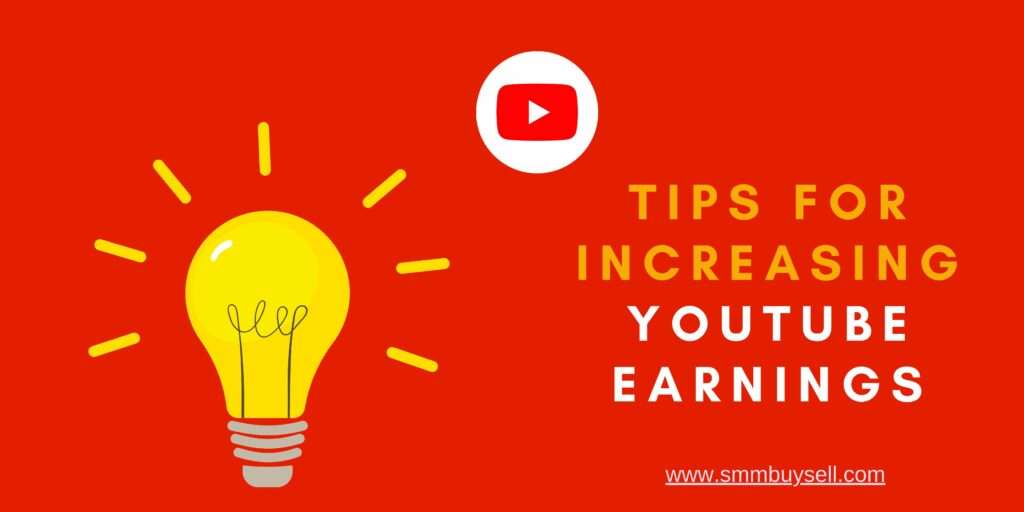According to recent statistics from 2021, YouTube pays an average of $0.01 to $0.03 per view.
However, it’s important to note that this figure can vary significantly based on various factors such as the location of the viewers, the type of content, and the engagement level of the audience.
These numbers are estimated averages and may not apply universally to all creators or videos on the platform. (Source: Social Blade, 2021)
approximate earnings of How Much YouTube Pay Per View
The earnings provided in the table are approximate and can vary significantly based on various factors. The figures mentioned below are just for illustrative purposes.
| View Count | CPM (Estimated) | Approximate Earnings |
|---|---|---|
| 1,000 | $1.00 | $1.00 |
| 10,000 | $1.50 | $15.00 |
| 100,000 | $2.00 | $200.00 |
| 1,000,000 | $2.50 | $2,500.00 |
| 10,000,000 | $3.00 | $30,000.00 |
Note: CPM (Cost per Mille) rates can vary widely based on factors such as niche, advertiser demand, and audience demographics. The earnings mentioned in the table represent a rough estimate and may not reflect the actual earnings for every content creator.
Factors Influencing YouTube Earnings

Ad formats and placement
- The type of ad formats used in videos, such as skippable ads, non-skippable ads, or overlay ads, can impact earnings.
- Strategic ad placement within videos, such as pre-roll or mid-roll placements, can affect viewer interaction and ad revenue.
Advertisers bid prices
- Advertisers participate in auctions to place ads on YouTube videos.
- Higher bid prices from advertisers result in increased earnings for content creators.
Viewer demographics and engagement
- The demographic profile of the audience, including age, gender, location, and interests, influences ad targeting and the potential value for advertisers.
- High viewer engagement, indicated by metrics like watch time, likes, comments, and shares, can attract advertisers and increase earnings.
Video content and niche
- The topic, quality, and uniqueness of the content play a significant role in determining the potential earnings.
- Popular and monetizable niches, such as tech, gaming, beauty, or lifestyle, tend to attract more advertisers and generate higher revenues.
Estimating Earnings per View

CPM (Cost per Mille) and RPM (Revenue per Mille)
- CPM (Cost per Mille): The amount advertisers pay per 1000 ad impressions on a video.
- RPM (Revenue per Mille): The revenue a creator earns per 1000 video views, which is influenced by ads and other factors.
Factors affecting CPM and RPM rates
- Advertiser demand and bidding: High demand and competitive bidding raise CPM and RPM rates.
- Video content quality: Engaging, high-quality content attracts better-paying ads.
- Audience demographics: Advertisers target specific demographics, affecting CPM and RPM rates.
- Seasonality and trends: Rates fluctuate based on market trends and seasonal demand.
Calculating potential earnings per view
- CPM to RPM conversion: RPM is calculated by dividing total earnings by total views and then multiplying by 1000.
- Example: If CPM is $5 and a video gets 10,000 views, RPM would be ($5/1000) * 10,000 = $50.
- Earnings estimation: To estimate earnings per view, divide RPM by 1000. In this example, $50/10,000 = $0.005 per view.
Note: YouTube earnings are dynamic and can vary widely based on channel performance and other external factors.
Case Studies and Examples

Comparing earnings across different channels and niches
Gaming vs. Beauty: Analyzing two popular niches on YouTube, gaming channels tend to generate higher earnings per view due to a larger audience and higher engagement rates. Beauty channels, on the other hand, may have a more targeted audience but can still be profitable with brand collaborations and sponsored content.
Educational vs. Vlog: Educational channels focusing on topics like science or history often have higher CPM rates and therefore generate more revenue per view. Vlog channels, while popular, may have lower CPM rates but can compensate through merchandise sales or sponsored videos.
Analyzing Successful YouTubers’ revenue streams
Advertising Revenue: Successful YouTubers with large subscriber bases and high view counts can earn significant income through ads displayed on their videos. This revenue stream is influenced by factors such as video length, viewer demographics, and engagement.
Merchandise and Product Sales: Many YouTubers create and sell their merchandise or collaborate with brands for product endorsements. By leveraging their influence and loyal fanbase, they generate additional income beyond ad revenue.
Sponsorships and Brand Deals: Influential YouTubers often partner with brands for sponsored videos or integrated product placements. These collaborations provide a direct source of income and can be highly lucrative depending on the channel’s niche and audience size.
Crowdfunding and Patreon: Some YouTubers rely on crowdfunding platforms like Patreon to receive direct financial support from their fans. This approach allows creators to monetize their content more directly and often leads to increased interaction with their audience.
Note: It’s important to remember that specific earnings can vary greatly depending on factors like channel size, niche, audience engagement, and external revenue streams.
Tips for Increasing YouTube Earnings

Improving video quality and engagement
Enhance production value: Invest in better equipment and editing software to improve the overall quality of your videos.
Create compelling content: Focus on creating engaging and valuable content that resonates with your target audience.
Optimize video length: Find the right balance between video length and viewer engagement, keeping videos concise and engaging.
Promoting videos and building a loyal audience
Utilize SEO techniques: Optimize video titles, descriptions, and tags to improve discoverability and attract organic traffic.
Cross-promotion: Leverage other social media platforms to promote your YouTube channel and reach a wider audience.
Engage with viewers: Respond to comments, encourage discussions, and build a community around your content.
Diversifying revenue streams
Join the YouTube Partner Program: Meet the eligibility requirements to monetize your channel through ads and access additional monetization features.
Explore brand partnerships: Collaborate with brands for sponsored content or product placements to generate additional income.
Merchandise and crowdfunding: Create and sell branded merchandise or leverage crowdfunding platforms to monetize your fan base.
Note: While these tips can help increase YouTube earnings, success depends on various factors, including the quality of content, audience engagement, and market demand.
In conclusion, determining how much YouTube pays per view is not a straightforward calculation. YouTube’s earnings per view depend on several factors, such as ad formats, bid prices from advertisers, viewer demographics, and engagement. Additionally, revenue-sharing models like AdSense, the YouTube Partner Program, and YouTube Premium further impact earnings.
While it is difficult to estimate a specific amount per view, content creators can focus on improving video quality, engaging their audience, and diversifying revenue streams to maximize their YouTube earnings. Remember, success on YouTube is a combination of creating valuable content, building a loyal audience, and exploring various monetization opportunities.
